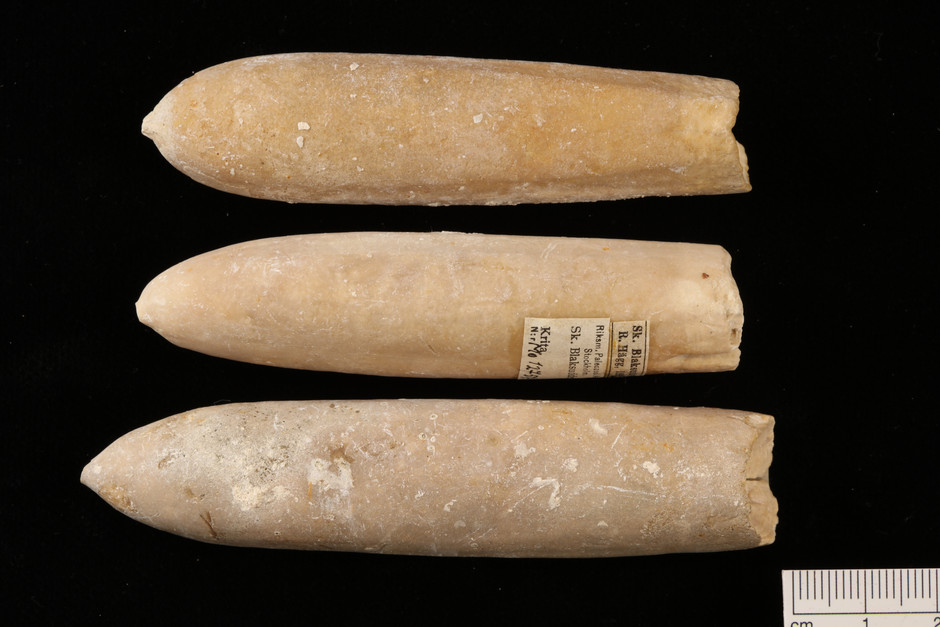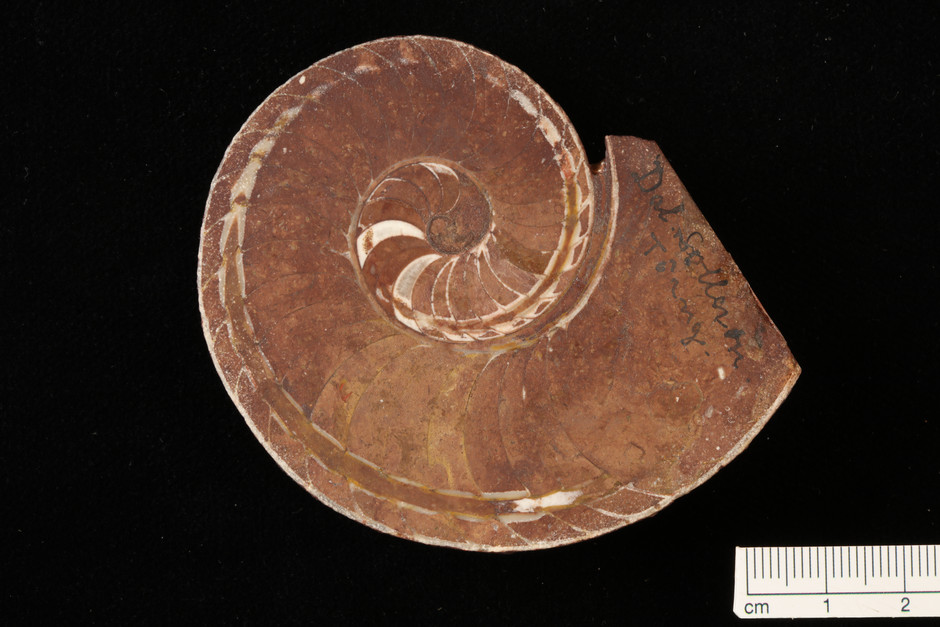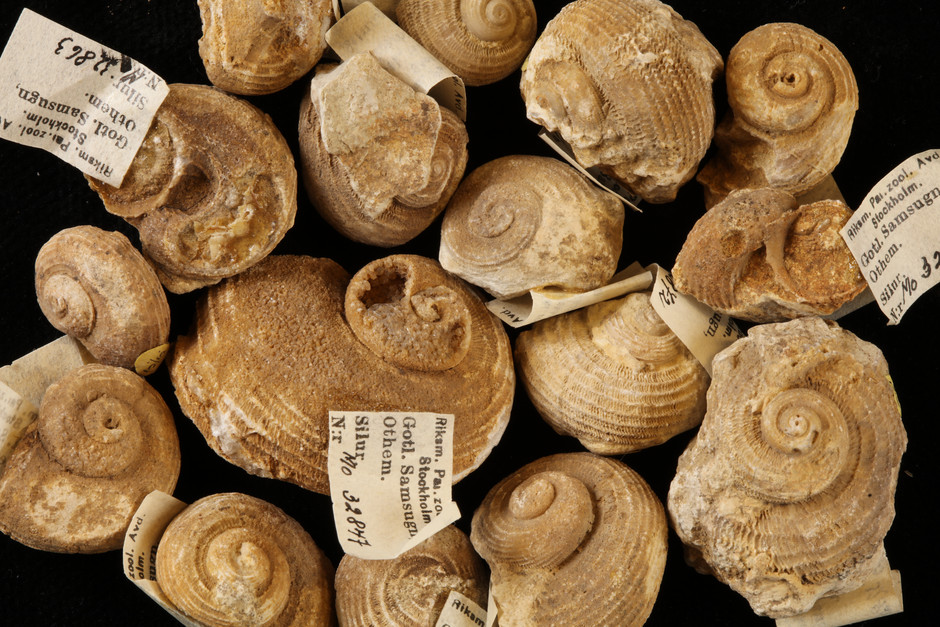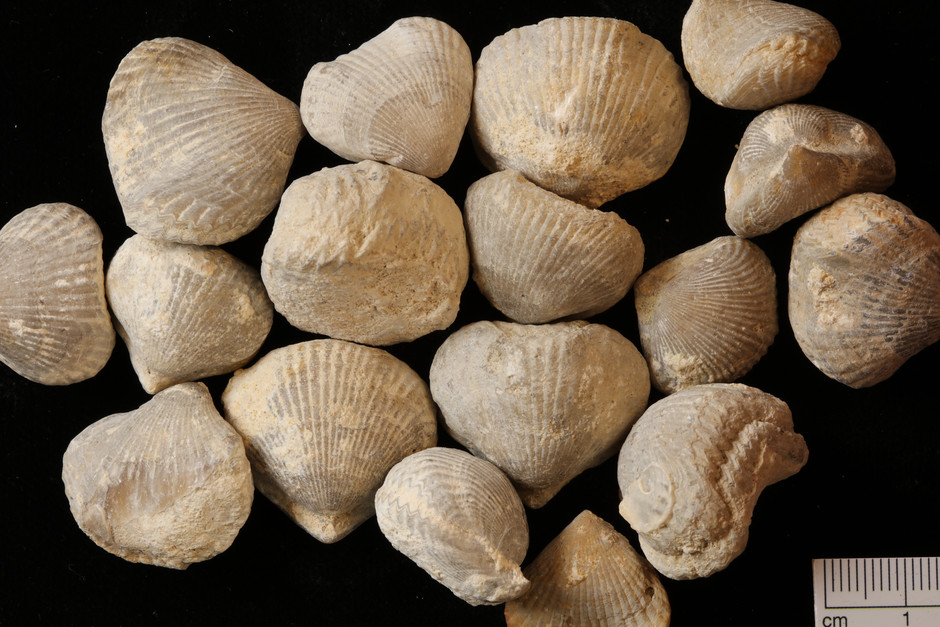
Digital exhibition - Fossil invertebrates
Here you can read more about our fantastic fossils of invertebrates (animals without backbones) and get an overview of what is hidden in our collections.
The Ordovician tropical fauna of Dalarna
During the Ordovician period (480-445 million years ago), Sweden formed part of the Baltica continent, which was located in the southern hemisphere near the equator. Hence, the invertebrates from the Swedish Ordovician lived in tropical, warm seas.


The Silurian coral reefs of Gotland
Gotland is unique, in that nearly the entire Silurian period (445-420 million years ago) is represented, from the oldest layers in the northwest to the youngest in the southeast. Because fossils are found in such abundant quantities on Gotland, the collection at the museum has a long history with material having been collected since the latter part of the 19th century.
The Cretaceous of Skåne
The museum has a large collection of invertebrate fossils from the Cretaceous period from Skåne, almost 43,000 specimens are registered in the database and the majority were collected during the first half of the 20th century.


The Palaeozoic of Västergötland
There are around 15,000 fossils in our collections from Västergötland, spanning the Cambrian, Ordovician and Silurian periods (540-420 million years ago). Most of the material comes from the area around the plateau mountain Kinnekulle.
